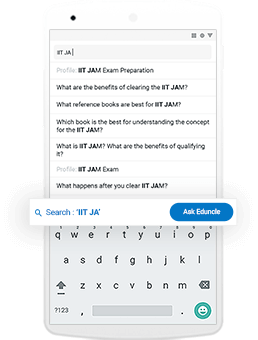
General Awareness is considered an integral part of the competitive exams. From history to polity, facts regarding General Science, Physics, Biology, our constitution, economy, banks and almost everything. Questions from these spheres can be found in SSC Exam and Railways Exam Question Papers.
Being an SSC exam or Railway exam appearing aspirant, this list will help you to know the complete details of the Governor General and Viceroy of India from the year 1772 to 1947. It also covers the important achievements and events that took place during their time.
So, enhance your learning with the complete list of Governor General and Viceroy of India.
List of Governor General of India:
| Governor General | Period | Important achievements/Events | Images | |
| Warren Hastings | 1772-1785 | Warren Hastings was the first Governor of Bengal (Presidency of Fort William). In 1750 he joined the British East India Company as a clerk and sailed out to India, reaching Calcutta in August 1750. In 1814 he made a Privy Counsellor. Zamindars were given judicial powers; establishment of civil and criminal courts in each district. In 1781, he founded the Calcutta Madrasa, for promotion of Islamic studies. He founded the Asiatic Society of Bengal with William Jones in 1784. |
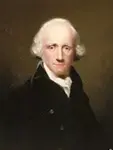 |
|
| Sir John Macpherson | 1785-1786 | He held the post temporarily. | 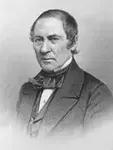 |
|
| Lord Cornwallis | 1786-1793 | Introduced Permanent Settlement of Bengal (also called Zamindari system). It was an agreement between East India Company and Bengali landlords to fix revenues to be raised from land.He introduced Police reforms according to which each district was divided into 400 square miles and placed under a police superintendent.
Introduction of Civil Services in India. |
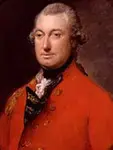 |
|
| Sir John Shore | 1793-1798 | He followed policy of non-intervention.Introduced Charter Act of 1793. | 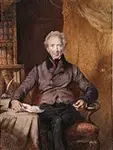 |
|
| Lord Wellesley | 1798-1805 | He adopted the policy of Subsidiary Alliance- a system to keep the Indian rulers under control and to make British the supreme power.He opened College to train the Company’s servants in Calcutta. So, Known as the Father of Civil Services in India.
He founded the Fort William College at Calcutta. |
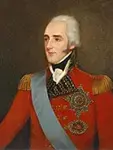 |
|
| Sir George Barlow | 1805-1807 | The important event which took place in his time was Mutiny of Vellore in 1806 in which the Indian soldiers killed many English officials. | 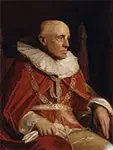 |
|
| Lord Minto I | 1807-1813 | He concluded the Treaty of Amritsar (1809) with Maharaja Ranjit Singh. | 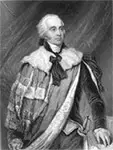 |
|
| Lord Hastings | 1813-1823 | He ended the policy of non-intervention, which was followed by Sir John Shore.He abolished the censorship of press.Introduced Ryotwari and Mahalawari system in Bombay.
|
 |
|
| Lord Amherst | 1823-1828 | His tenure was known for First Anglo Burmese War (1824-26) and Mutiny of Barrackpur (1824) | 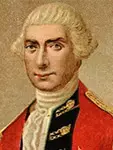 |
|
|
Lord William Bentick
|
1828-1835 | Lord William Henry Cavendish-Bentinck (Lord William Bentick) was British Soldier and Statesman. He was first Governor General of India. He carried out social reforms such as abolition of Sati Pratha with the help of Rajaram Mohan Roy, Suppression of Thuggee. Established first Medical College in Calcutta. He made English as the language of higher education. He also suppressed female infanticide and child sacrifice. |
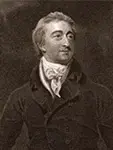 |
|
| Sir Charles Metcalfe | 1835-1836 | He held the post temporarily and removed restriction on Vernacular press. |  |
|
| Lord Auckland | 1836-1842 | First Afghan War was fought in his reign. | 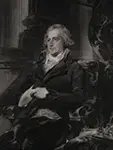 |
|
| Lord Dalhousie | 1848-1856 | Opened first Railway line from Bombay to Thane in 1853.Opened first Telegraph line from Calcutta to Agar in 1853. Introduced Doctrine of Lapse captured Satara (1848), Jaipur and Sambhalpur (1849), Udaipur (1852), Jhansi (1853), Nagpur (1854).
Many bridges were constructed and started Grand Trunk Road.
Established Postal system which made communication easier.
In 1854, Wood’s Dispatch was passed, which provided the proper system of education from School to University.
Widow Remarriage Bill was passed. |
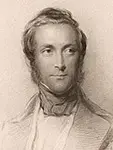 |
|
List of Viceroy of India:
As per the Regulating Act of 1773, the post of Governor general came into existence. Earlier, the Governor General of Bengal was appointed by East India Company. After the adoption of Government of India Act 1858, Governor General become Viceroy of India.
| Viceroy | Period | Important achievements/Events | Images |
| Lord Canning | 1856-1862 | He was the Governor General during Mutiny pf 1857 and after the war, he was made first Viceroy of India.He withdrew Doctrine of lapse.Indian Council Act was passed in 1861
University of Bombay, Calcutta, Madras was established in 1857. |
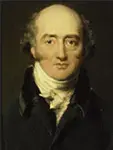 |
| Lord Lawrence | 1864-1869 | High Court was established at Calcutta, Bombay, Madras in 1865.He created Indian Forest Department.Opened telegraph line with Europe.He introduced various reforms and became the member of Punjab Board of Administration after second Sikh war.
He was known as the Savior of Punjab. |
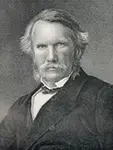 |
| Lord Mayo | 1869-1872 | Started financial decentralization in India.He established Rajkot College in Kathiawar and Mayo College in Ajmer for Indian princess.First Census of India was held during his time in 1871.
He organized Statistical survey of India.
He was the only Viceroy who was murdered in office by a pathan in Andaman in 1872. |
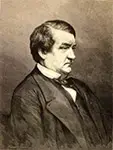 |
| Lord Lytton | 1876-1880 | The Delhi Durbar was held on January 1 1877, to decorate Queen Victoria with the title of Kaiser-i-hind.Statutory Civil Service in 1879. It was also laid down that the candidates had to appear and pass the civil services examination which began to be held in England. The maximum age for these candidates were reduced from 21 to 19 years.
Vernacular press Act was passed in 1878. |
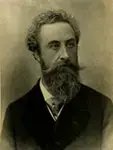 |
| Lord Rippon | 1880-1884 | Age for the entry in Civil Service exam was raised to 21 years.First Factory act was passed during his time in 1881, it prohibited the child labour.Illbert Bill in 1883 was passed by him.
Passed Local Self Government act in 1882. |
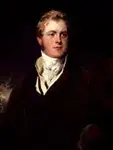 |
| Lord Dufferin | 1884-1888 | He formed the Indian National Congress. | 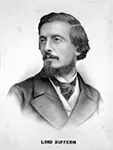 |
| Lord Lansdowne | 1888-1894 | Indian Council Act was passed in 1892.Second Factory Act (1891) was passed during his time.He appointed Durand Commission to define a line between British India and Afghanistan. | 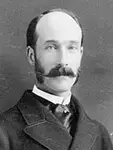 |
| Lord Curzon | 1899-1905 | Partition of Bengal (1905) into two provinces- Bengal and East Bengal was done during his time.Passed the Ancient Monuments Act (1904), to restore India’s cultural heritage. Thus, established Archeological Survey of India. | 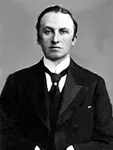 |
| Lord Minto | 1905-1910 | Morley-Minto reform was passed in 1909. | 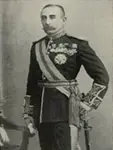 |
| Lord Hardinge | 1910-1916 | Partition of Bengal was cancelled and capital shifted from Calcutta to Delhi in 1911.Gandhi ji returned to India from South Africa in 1915.Home Rule moment was launched by Annie Beasant. | 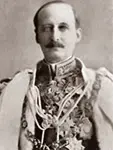 |
| Lord Chelmsford | 1916-1921 | August Declaration of 1917, after which the control over the Indian Government would be transferred to Indian people.Rowlett Act 1919 was passedMontague-Chelmsford reform was passed.
Jallianwala Bagh Massacre 1919 took place during his time.
Non- Cooperation and Khilafat movement took place.
Women’s University was founded at Poona in 1919 |
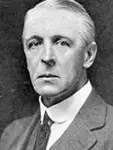 |
| Lord Reading | 1921-1926 | Suppressed of non-cooperation movementChauri -Chaura incident took place.Formation of Swaraj party.Ahmedabad session of INS held in 1921. | 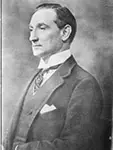 |
| Lord Irwin | 1926-1931 | Simon commission visited India in 1928.Dandi March was held in 1930.Civil Disobedience movement launched in 1930.Gandhi- Irwin pact was signed and First Round Table Conference was held in 1931. | 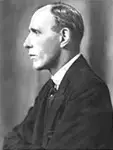 |
| Lord Willingdon | 1931-1936 | Poona Pact was signed.Second and Third Round Table Conference was held during his time.Communal Award started by British Prime Minister Ramsay MacDonald.
Government of India Act (1935) was passed. |
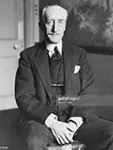 |
| Lord Linlithgow | 1936-1944 | Government of India Act enforced in provinces.Cripps Mission visited India in 1942.Quit India movement was started in 1942.Second World war took place in 1939. | 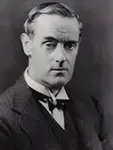 |
| Lord Wavell | 1944-1947 | Shimla Conference was held on June 25, 1945 between Muslim League and Indian national Congress was failed.Cabinet Mission Plan was launched in 1946.On December 09, 1946, first meeting of Constituent Assembly was held. | 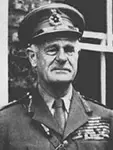 |
| Lord Mountbatten | March 1947- August 1947 | Last Viceroy and first Governor General of free India.Partition of India was done on June 3, 1947.India Independent Act was passed on July 4, 1947 by British parliament. As per the Act India became independent on August 15, 1947.
He was succeeded by C. Rajagopalachari, who was the last Governor General of free India. |
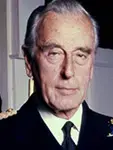 |
So, this article covers list of all the Governor General and Viceroy of India.
To learn more about Static GK, Daily GK, you can register yourself at Eduncle website and get benefited.
You can drop your queries in the comment box provided below. Share it with your friends if you find our blog useful.
Stay updated with us by our social media channels.
Thank you!!











 >
>



